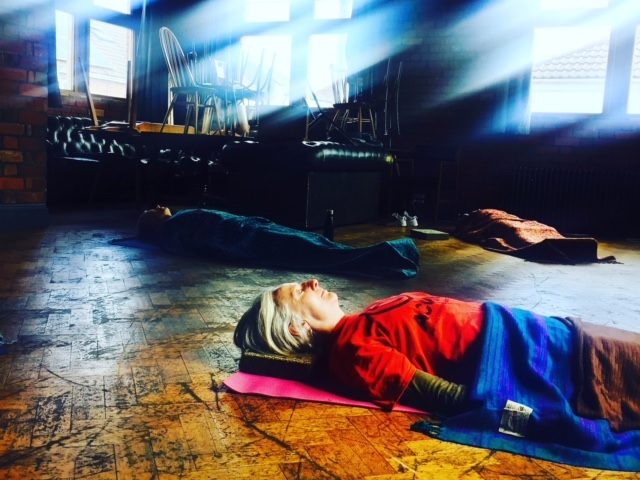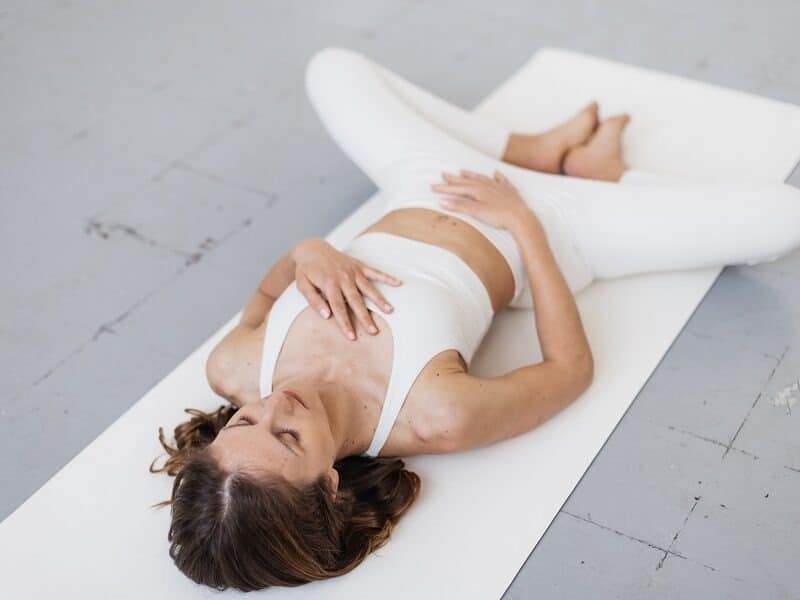The Parasympathetic System of the body is there to support you to feel peaceful
There are two branches of the Autonomic Nervous System regulating the involuntary functions of the body:
1. The Sympathetic Nervous System elicits a flight or fight response in the body.
2. The Parasympathetic Nervous System stimulates rest and repair through the body.
This is the branch we will be looking at and is the part that supports us to feel peaceful.
The parasympathetic nervous system functions
So the system operates through long pathways of nerves called cranial and pelvic nerves and in general is slower acting. As well as involuntary functions of digestion and excretion, the PNS response restores the body back to balance, a state of calm, where functions are counterbalanced. Responsible for controlling homeostasis, this is the balanced maintenance of the body’s systems, thereby allowing it to rest and repair.
What happens then when we activate the PNS?
When you activate the PNS certain changes take places, such as decreased heart rate, muscle relaxation, and increased saliva. All of these changes just like the regular practice of Yoga are designed to maintain long-term good health and wellbeing, balanced systems, better digestion, and breathing. When you activate the PNS through Yoga practice it is helping you reside in the PNS response for prolonged periods of time.
How to activate the Parasympathetic Nervous System through yoga practice?
Yoga benefits the parasympathetic nervous system (PNS) and therefore is key to keeping us healthy. When we are unable to solve or resolve stress in the body the release of hormones from the adrenals sends signals of the flight and fight mode and we remain in a stressed state. If we are able to respond differently and stimulate the PNS we are able to restore balance to the heart and breath rate and lower blood pressure and the metabolism.
In Yoga practices, this stimulus of the PNS can come from simply taking deeper conscious rounds of breath preparing to sit for a yoga session or a guided relaxation in Savasana (corpse pose).
1. To sit in comfort and breathe with steadiness.
So in most Yoga practices we start with a moment to sit and bring into focus our breathing pattern. Just making our breath conscious ( as it is such an involuntary process) can activate the ‘rest and digest’ parasympathetic nervous system.
Try it for yourself, wherever you are, at a desk, in a queue at the bank… slowly draw your attention to your breath and try to make it fully conscious, following how you draw in the breath and how you let it go. Try to make it travel deeper down in the abdomen and slow it down perhaps concentrating on a little pause between the inhale and exhale. Once you have taken at least three rounds you will have activated the PNS.
In Yoga and the PNS it may appear that as we are bringing muscles to contract and flex that we are not operating from our PNS but in fact due to the associated awareness on breath and focus even with a raised heart rate we will be.
We would certainly not want to be operating out of the sympathetic in a prolonged way in Yoga. In this mode, ‘the fight or flight,’ the immune system is essentially shut down and stress hormones released, while the tubes in the bronchial area of the lungs dilate and the heart rate increases. Operating out of this system is not good for our long-term well-being and is really there to help the body when it is facing danger or as a fast reaction for when we burn ourselves, for example.
2. Restorative Yoga – the body’s ability to heal
With a regular and consistent practice of Yoga, particularly restorative yoga will help to strengthen the PNS. A Yogi aims to develop the PNS through techniques and practices including pranayama, like Kapalabhati, Analoma Viloma, and Brahmaris.
The quality of surrender and relinquishing control of restorative yoga poses is the PNS stimulated at the supportive level it is there for, naturally bringing peace. It awakens that in us that which seeks to be happy and peaceful and abiding in this system, also known as the parasympathetic ‘tone’, for longer periods of time produces the right environment for healing.
With the use of props too, restorative yoga helps us to surrender where we may have been leading our lives from stress response sympathetic and therefore relaxation has become harder to experience.
When practising yoga the sympathetic is encouraged to give up and the parasympathetic takes over to encourage the rest we need to be healthy. When we are in restorative yoga sessions, we soothe and alternately stimulate the organs helping the absorption and flow of nutrients. We also have time to concentrate on the present and not any anticipatory forms of stress by slowing down the brain wave patterns.
3. Controlling or activating PNS at will by consciously changing thoughts
The relax response is what Yoga can bring us where we actively control and activate the PNS, rather like strengthening this whole system so the body can ‘do its thing’ to repair and restore balance.
We are not meant to be stuck in the sympathetic response but sometimes the more invisible stressors of life can do this. For instance, inner stressors like fear, grief, basically stemming from heavy emotions and negative thought patterns. So by consciously changing thoughts to positive, taking stock and using the conscious breath method, the PNS once activated, does all in its power to bring well-being.
Anything that has been stuck in the sympathetic or stress response, will be brought to equilibrium and harmony. Think of an elastic band that has been overstretched, like we can do to our muscles, this is the workings of the sympathetic nervous system, the PNS brings muscles back into relaxation and into line. The noises of the digestions system you often hear when you start to breathe more deeply are the workings of the PNS.
In particular, in relation to Yoga and the PNS where we can at will switch on this system, we are brought more expansion. This means that anything that has been contracted will start to expand and in this expansion, we can experience pure pleasure and spaciousness.
Robin Sands takes this one step further in his papers about the relaxation response.
“ The blood vessels, as well as the intestines all, go into a state of contraction when the sympathetic is in control. If, however, the PNS is able to take over, the gateway to another world is opened. Let’s travel gently into the realms of the parasympathetic: the home of all relaxing, warm and contented feelings. If the sympathetic is what we need to be in the world, then the parasympathetic is what we need to be in Heaven” (Robin Sands – The Relaxation Reflex)
Perhaps you have identified that you are operating out of the sympathetic nervous system and you have internal stressors blocking your ability to switch on the PNS. Signs of this can be digestive problems, inability to sleep, high blood pressure and depression.
Unless of course you are being chased by a Lion, then you need the sympathetic to kick in quick!! as Robert Sands says, the PNS is like the ocean’s depths and its stillness while the sympathetic are the waves and storms.
restorative yoga and the PNS is the relaxation response to heal the effects of stress in the body like bringing in a deep breath to soak the stress away.
‘Its the fine rain that soaks us through’ Madame De Sevigne.



